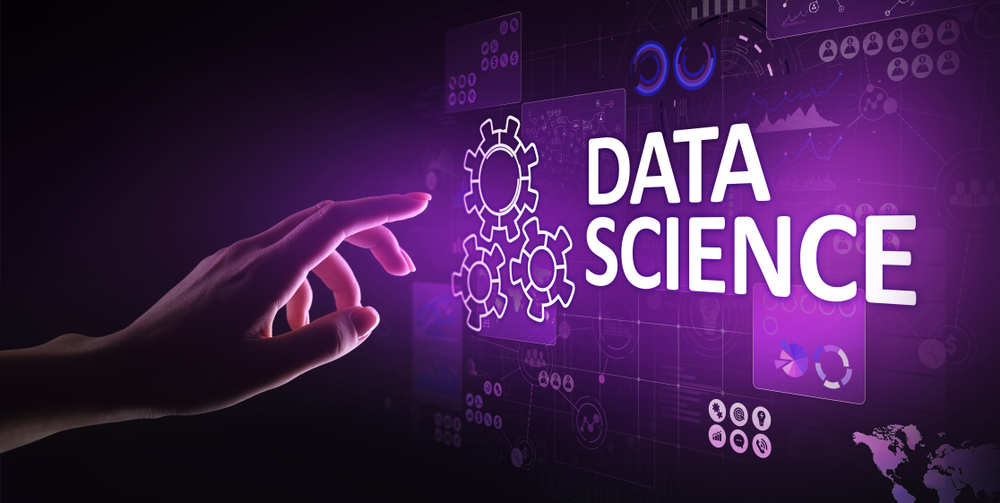Table of Contents:
Introduction: Clearing up the Confusion
Similarities between Data Science and Data Analytics
Differences between Data Science and Data Analytics
Conclusion
Introduction: Clearing up the Confusion
Data science and data analytics are two complementary functions within the data department of a modern enterprise, and yet, there is often confusion about their differences. Both disciplines involve the extraction of key business insights from data, as well as their conversion into more usable or understandable forms. However, while they share some similarities, they have key differences in terms of their approach, focus, and requirements.
Similarities between Data Science and Data Analytics
Both disciplines involve the extraction of key business insights from data.
Both disciplines require the conversion of insights into more usable or understandable forms.
Both disciplines require a combination of programming and statistical skills applied with significant understanding of the business.
Differences between Data Science and Data Analytics
Data science is more involved with newer, larger, more complex, and unstructured datasets, incorporating more real-time and external data, while data analytics primarily makes use of more traditional, operational data.
Data science tends to use the artificial intelligence (AI) capabilities of machine learning (ML), whereas data analytics is based more on enhancing the traditional reporting of operational business results.
Data science requires more extensive programming and statistical skills, whereas data analytics requires more communications and collaboration skills for understanding and responding to the requirements of non-technical users in other departments.
Conclusion
In conclusion, while data science and data analytics share some similarities, they have key differences in terms of their approach, focus, and requirements. The role of data science is more focused on creating systems that drive machine learning capabilities to inform predictive and prescriptive analytics and processes, while data analytics is more involved in reporting and presenting descriptive operational data. Understanding the differences and similarities between these two functions is crucial for organizations to make informed decisions about their data strategies.









